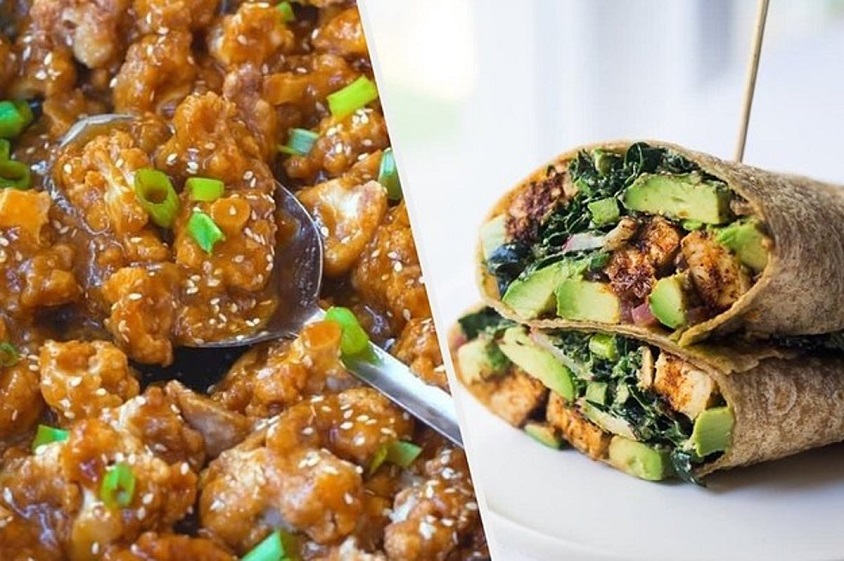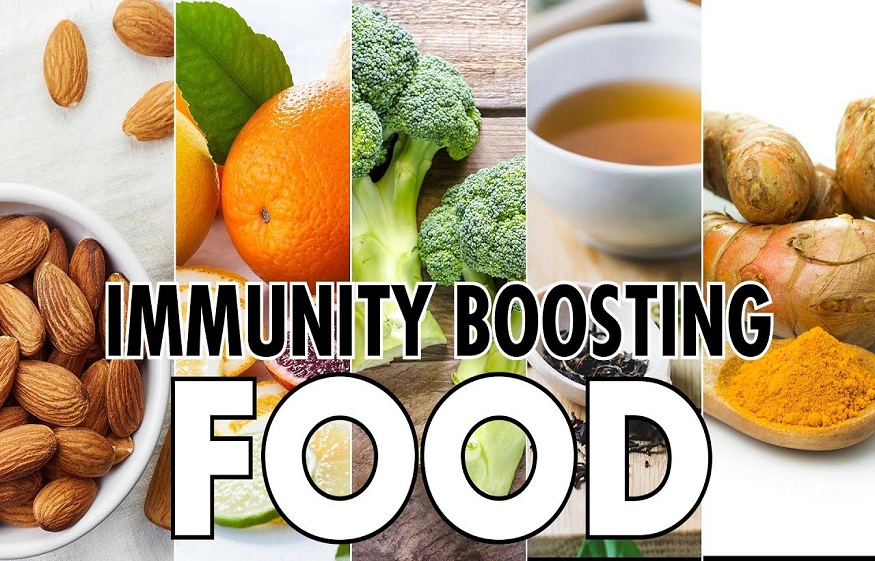Veganism is becoming a staple lifestyle for most, with the majority adopting this change for environmental and ethical reasons. Switching from an animal-based diet can, however, prove challenging, with numerous individuals falling back to their old habits due to a lack of proper information. Luckily, simple meal plans are feasible, with most areas having an abundance of food alternatives to sustain your vegan diet.
Types of Vegan Diets
Raw Food Vegan Diet
This diet focuses on raw fruits, nuts, vegetables, and seeds. Any plant meals for this diet will be cooked at temperatures below 118 degrees F to help retain nutrients often destroyed at high temperatures. Gale Tobin recommends using various preparation methods such as blending, soaking, dehydrating, and juicing.
The Starch Solution
The starch solution is a high-carb, low-fat vegan diet that emphasizes the consumption of cooked starches while minimizing fruit consumption. These starches include rice, potatoes, and corn.
80/10/10 diet
The 80/10/10 diet resembles the raw food vegan diet and mainly focuses on limiting fat-rich plants such as avocados and nuts. Instead, it aims at increasing the intake of raw fruits and soft greens.
Thrive Diet
The thrive diet is another modification of the raw-food vegan diet. It focuses on plant-based and whole foods that are either minimally cooked at 104-118 degrees F or consumed raw.
Raw Till 4 Diet
The raw till 4 diet draws inspiration from the starch and 80/10/10 diets. For this, individuals consume raw foods until 4 p.m., after which you can have a cooked plant-based dinner.
Junk Food Vegan Diet
The junk food vegan diet is devoid of whole plant foods and focuses on mock junk food. These include mock cheeses and meats, vegan desserts, fries, among other highly processed vegan foods.
Whole-Food Vegan Diet
As the name suggests, a whole-food vegan diet comprises whole grains instead of processed foods. The meals will often include legumes, nuts, fruits, vegetables, and seeds.
Vegan Food to Include In Your Diet
Whichever of the above diets you settle for, your meals will often focus on the following foods:
Legumes
Legumes can be found in abundance at various stores and include beans, peas, and lentils. These will be high in iron, folate, and magnesium. They also contain soluble and insoluble fiber along with beneficial fats.
Tofu, Seitan and Tempeh
If you are looking for a protein-dense alternative to animal products such as eggs, meat, and fish, tofu, seitan, and tempeh will be your go-to.
Sprouted and Fermented Foods
Sprouted and fermented foods are high in prebiotics, an essential component that aids with gut health. Consider purchasing kimchi, tempeh, sauerkraut, miso, and kombucha to get the most out of these.
Fortified Plant Milk and Yogurts
Due to the low calcium in numerous plant milks and yogurts, fortified products will be a better alternative. Ensure that your milk and yogurt are fortified with calcium and vitamins B12 and D.
Vegan Nut Butters
Vegan nut butter is rich in zinc, fiber, iron, and vitamin E, making this an excellent alternative to dairy butter. Examples include almond butter, cashew butter, peanut butter, and macadamia butter.
Whole Grains and Cereals
Whole grains and cereals are rich in iron, complex carbohydrates, and B-vitamins. Examples include spelt, quinoa, brown rice, oatmeal, whole wheat bread, and pasta. While starting a vegan diet may seem like a daunting task, the above food alternatives prove that vegan meals are packed with enough nutrients to sustain your health.



